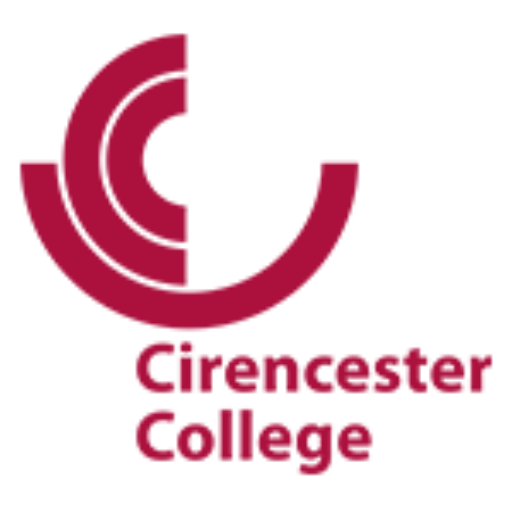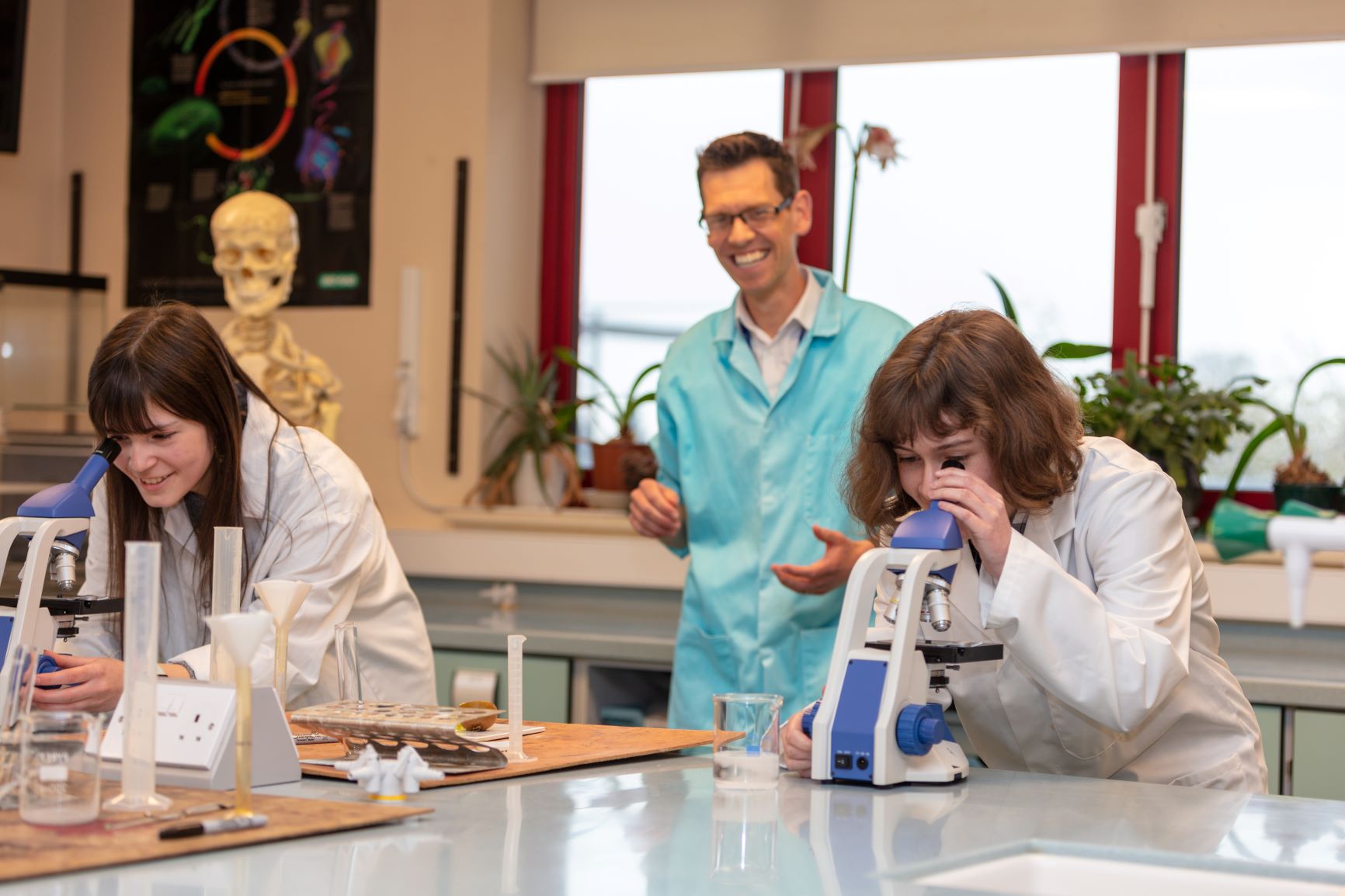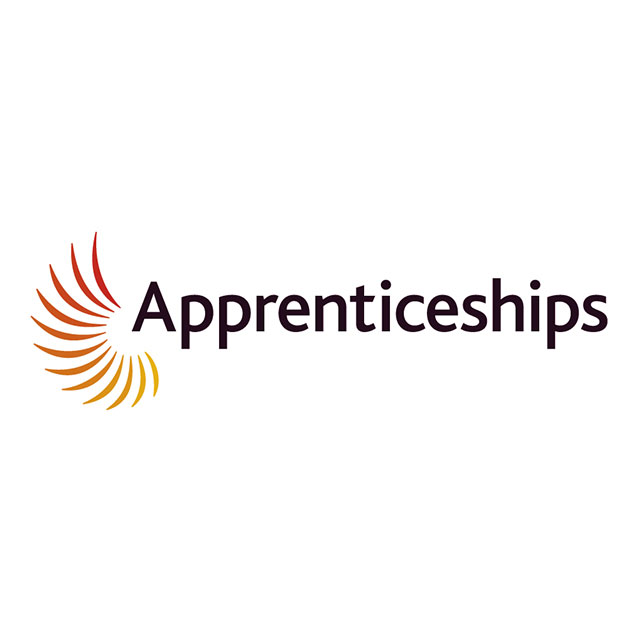DO NOT DELETE OR EDIT THIS ROW OR ITS CONTENTS

Core Maths looks at the methods and techniques needed to analyse real world situations. The course teaches practical skills for personal finance such as calculation of tax, national insurance and student loan repayments. Students will critically analyse data presented in the news for accuracy, bias and information as well as using graphs to describe and analyse real-life situations. There are two different pathways available, and both are one year courses. Statistical Techniques complements subjects like Psychology, Geography and Biology. Graphical Techniques complements subjects like Chemistry and Economics. Two-thirds of the course are completely identical. This is a great course to take alongside a programme of 3 A levels (or equivalent) because you'll finish it in one year and improve your maths skills for your other subjects, while learning some excellent 'maths for life'! Completion in year 1 means you can focus on your other subjects in year 2.
What will I study in Mathematical Studies: Core Maths?
Your course has two papers, each with 3 key sections.
Paper 1:
Data Analysis: Calculating averages and measures of spread, and a use of graphs.
Personal Finance: Calculating income tax and national insurance on a payslip, loan interest rates and repayment plans.
Fermi Estimation: How to make a rough guess at a problem by making estimates, e.g. how much water is in the worlds oceans?
Paper 2 (Statistics):
Critical Analysis: Reviewing sources of information for evidence, bias, and badly presented statistics.
The Normal Distribution: A probability model widely used in the real world.
Correlation and Regression: Accurately calculating Lines of best fit on a scatter graph, and just how strong a correlation is between variables.
Paper 2 (Graphical Analysis):
Critical Analysis: Reviewing sources of information for evidence, bias, and badly presented statistics.
Graphs: Sketching and plotting graphs and using graphs to find and interpret approximate solutions to problems.
Rates of change: Using the gradient of lines and curves, including average speed and acceleration.
Exponential growth and decay: Exponential graphs, the number e and using the logarithms function on your calculator.
Entry Requirements
At least five GCSEs from the core subjects including Grade 5 in Mathematics, either from the higher or foundation syllabus. Whilst you will be familiar with some of the content if you have studied GCSE higher, this isn’t compulsory.
How will I learn?
You will have two 90 minute lessons a week with your teacher. We will work through the material from paper 1 from September to December, and paper 2 from January to March. There will be frequent homeworks and class tests throughout the year. There are past papers available to help with your revision. Homeworks can be done using your notes, and students are provided with the answers so they can mark their work before submission; these are then followed with a short minitest you will do on the day you hand it in, under test conditions.
There are two exams in May. In March, the college will receive preliminary materials for the exam, which we will spend time working on in class. These are data tables and newspaper extracts on which some questions in your exam will be based. There is no coursework in this course.
Each lesson will typically start with a discussion around the topic, with a teacher led example from the front of the room on what an exam question will look like and how to answer it. After examples, students will complete questions from a workbook to further practise those skills, marking their own work as they go. When appropriate, we will bring in real world examples of the content we're doing, such as examining a report on streaming data for Star Wars media on Disney+ or the revenue of top European football clubs, to highlight as often as we can how you can use the work from Core Maths lessons with real world situations or your own interests. Most lessons involve discussing ideas with the person you are sat next to, but when answering the questions in the workbook students can choose to work on their own or in pairs, whichever they are more comfortable with.
How will I be assessed?
There are two 90 minute exams, taken in May, which will determine final grade.
We will use in-class tests and homeworks to track your progress through the year.
There is no coursework for this course.
Are there any costs involved?
For the Stats pathway, you will need to purchase a Casio fx-991CW Classwiz calculator. These can be purchased from the college shop for around £24.00, or are available from other places such as Amazon.
FX-991CW (casio.co.uk)
For the graphical pathway, a scientific calculator that allows you to calculate mean and standard deviation such as the FX-83GT CW (Black) (casio.co.uk) will suffice, but the above calculator is also valid.
Otherwise you will need standard maths stationary: pen, pencil, ruler, paper.
All students will be issued a textbook from the library - there is no need to purchase a textbook. A few workbooks are available from the library; you may wish to buy your own copy if you would like to write in your own.
The College offers a generous bursary scheme which may be able to assist with some of these costs. More information can be found on our website under Financial Support.
FAQs
The course is one year long. You will complete this in your first year, leaving you free to focus on your other subjects in your second year. Some students pick up the course in the second year, but the course is primarily made up of first year students.
The course gets the same number of UCAS points as an AS qualification. Some university programmes may give lower offers to students for some courses if the student has studied Core Maths.
It depends on where your strengths are.
A-Level Maths is far more algebraic and abstract. It focuses on solving equations, covering topics like calculus and trigonometry which can be helpful for further study in fields like Physics, Computing, Engineering and Maths. The course is two years, and has higher entry requirements. A-Level Maths is a good complement to A-Level Physics, Computing and Chemistry.
Core Maths is more applicable to every day life. It focuses on areas like personal finance and critically analysing information from the media. The course has less algebra, and far more number work.
Core Maths (Statistical Techniques) is a good complement to A-Level Geography, Psychology and Biology. Core Maths (Graphical Techniques) is a good complement to A-Level Chemistry and Economics.
There is also Higher GCSE Maths, if you would like to improve your GCSE grade, such as to meet requirements for a University or A-Level course. This covers a wider range of topics (Geometry, Algebra, Number and Data Handling) but will be familiar from your school work.
Awarding Body
AQA
Available As
[28 UCAS pts. available]

Add to Application
What can I do after I have taken this course?
Available As
[28 UCAS pts. available]

Add to Application

DO NOT DELETE OR EDIT THIS ROW OR ITS CONTENTS















